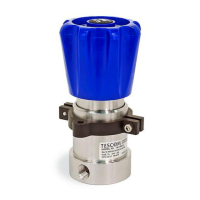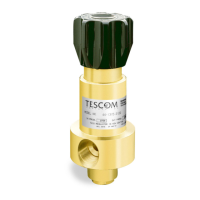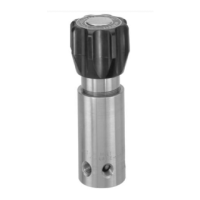ER5000 —
144
The ERTune™ Program: Basic Features
Tuning the ER5000
Before You Begin
If you are new to PID controllers, be sure that you have read the
How It Works and Glossary of Terms sections of this manual, as well
as all cautions and warnings in the Safety, Installation & Operations
Precautions section, before you begin.
WARNING
Most controls in the ERTune™ program operate in real time and have
an immediate effect on system performance. Be aware of system
limitations before you change the settings of a control. Depending on
the application, these changes may upset the process control, which
may result in personal injury or property damage.
Tuning inevitably involves some trial and error and undesired
effects of the tuning process, such as overshoot, may tax the
limitations of the system.
You will achieve the best result if you tune the ER5000 at a
number of different pressure ranges, from maximum system
limits to minimum anticipated step change. Tuning the ER5000 at
a number of intermediate ranges will give you a fuller picture
of the controller’s response characteristics. Your nal tuning
should be done using a range that approximates typical
operating conditions.
Understand the characteristics of your application. This will
help you select the correct setpoint source for tuning the
ER5000. Tuning is most commonly performed using a toggled
step change. You may nd that a ramp conguration gives a
more accurate representation of your system. You can also use
the Prole Builder to create a more complex series of setpoint
changes to mimic typical operational conditions.
Understand what your primary goals are for the ER5000’s
response. Tuning inevitably involves a trade-off between speed
and stability of response. Typical goals include:
• Fastest response
• Minimizing overshoot
• Minimizing offset
• Minimizing settling time.
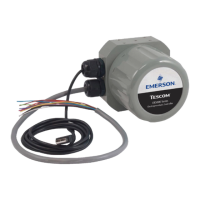
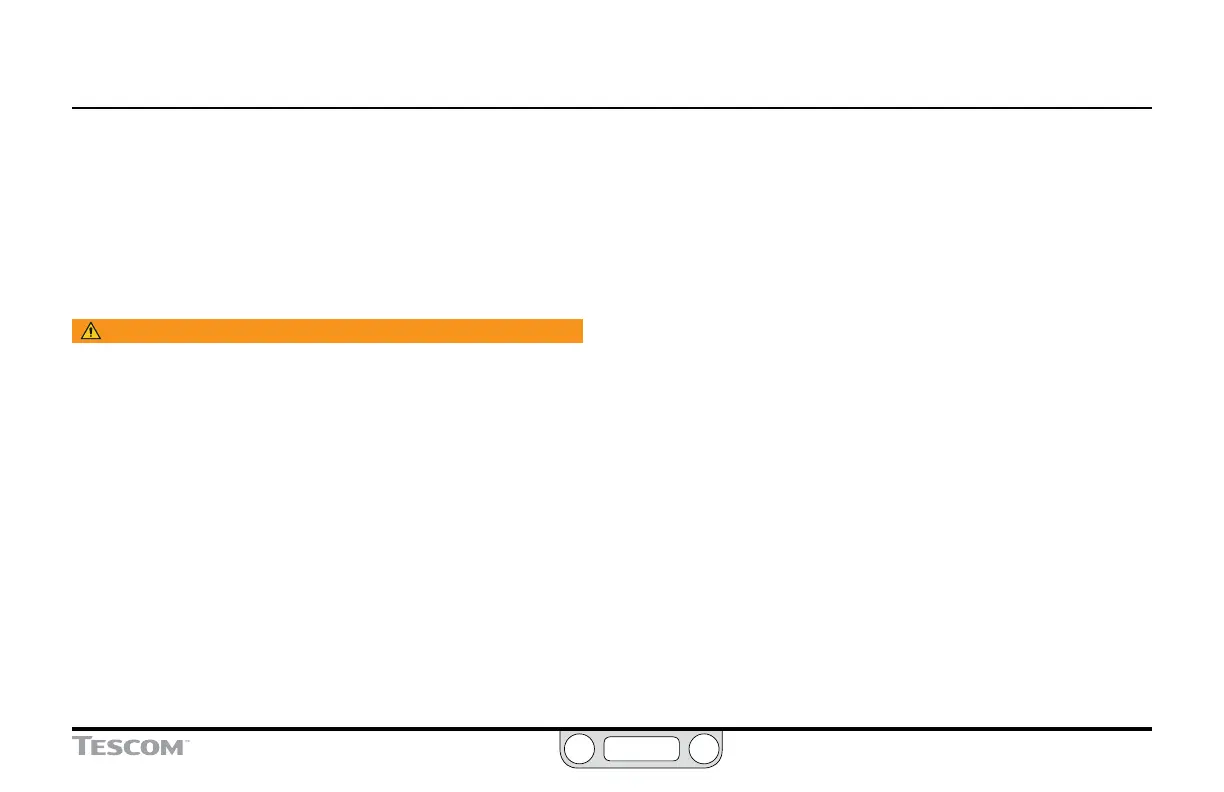